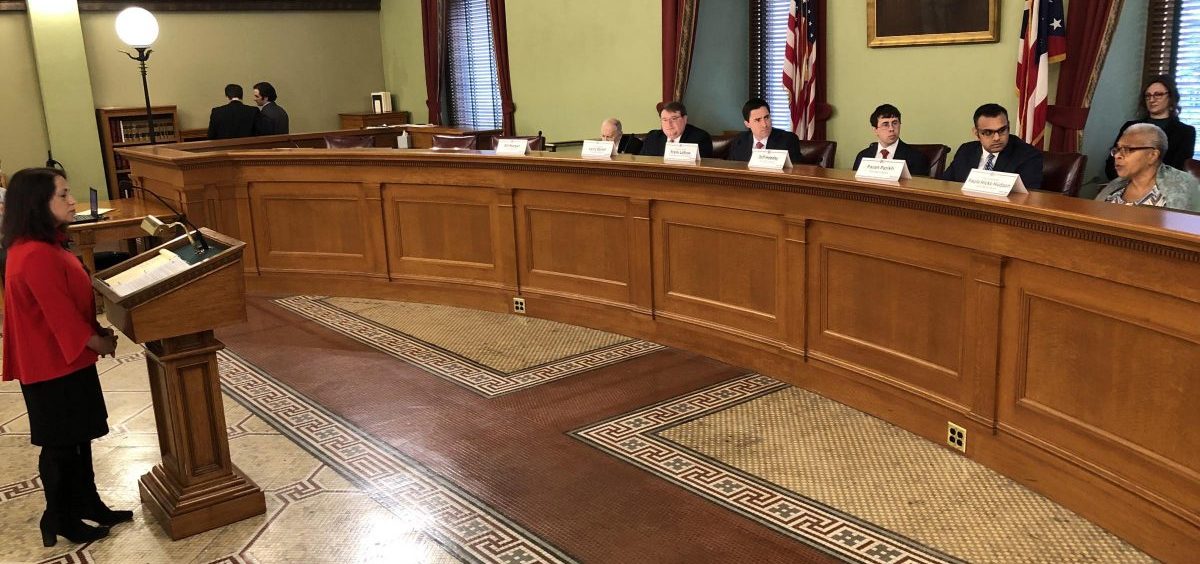News

Ballot Board Splits Voter Rights Amendment into Four Petitions
By: Andy Chow | Statehouse News Bureau
Posted on:
The Ohio Ballot Board has voted to split a voter rights measure into four separate potential ballot issues. The amendment, which includes constitutionally protected early voting and automated voter registration, could now circulate as four different petitions.
The Ohio Ballot Board, with a 3-2 majority Republican vote, decided to split the “Secure and Fair Elections Amendment” after the Ohio Republican Party called for the change during a hearing on Monday.
Rep. Paula Hicks-Hudson (D-Toledo) gives her take on why.
“Because it would provide for more access and allow voters to make more decisions and give more people the right to the ballot,” says Hicks-Hudson.
The ballot board is required to decide if a ballot initative sticks to a single issue.
The issue was dissected into four categories:
- Casting a ballot
- Voter registration
- Rights for voters with disabilities
- Required post-election audit.
But Senate President Larry Obhof (R-Medina) argued it was to avoid what’s known as “logrolling.”
“Putting some things together with others where you might think you’re voting for one thing but you’ll have to take something else that you’d rather vote against with it. I think we should give voters clear, easy-to-understand choices so they can vote for the things they support and vote against the things they don’t,” says Obhof.
Pavan Parikh, another ballot board member, argued that other proposed issues in the past have also included multiple measures within the petition language without being divided into separate initiatives. Parikh noted “Marcy’s Law” in 2017 which had 12 different measures writing in the petition.
Ohioans for Secure and Fair Elections issued a statement voicing their “extreme disappoint” by the ballot board’s decision.
“Which goes against long-standing precedent to broadly interpret single subject,” Toni Webb, campaign manager for Ohioans for Secure and Fair Elections, said in a written statement. “Today the ballot board chose politics over people and demonstrated why it is necessary for us to go directly to the voters to approve of common sense updates to Ohio’s laws to make voting more secure, fair and accessible. It’s incredibly unfortunate and unsettling that politics may be getting in the way of modernizing Ohio’s elections to ensure that each person’s vote is sacred and counted.”
The group is considering a possible legal challenge in the Ohio Supreme Court.
To get one constitutional amendment on the ballot, a group must collect 442,958 valid signatures. With the possibility of four petitions, the group would need to collect a total of 1,771,832 valid signatures. Although, the same voters could sign all four petitions.

